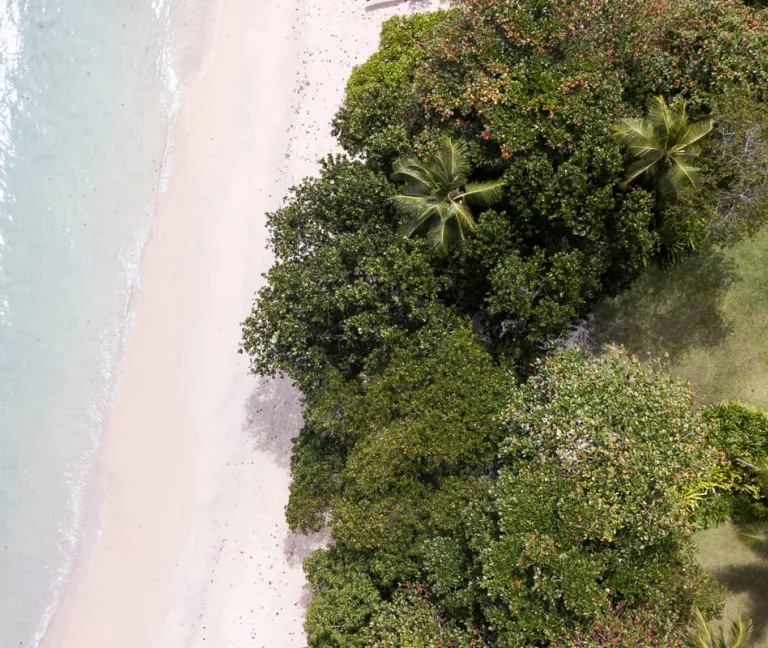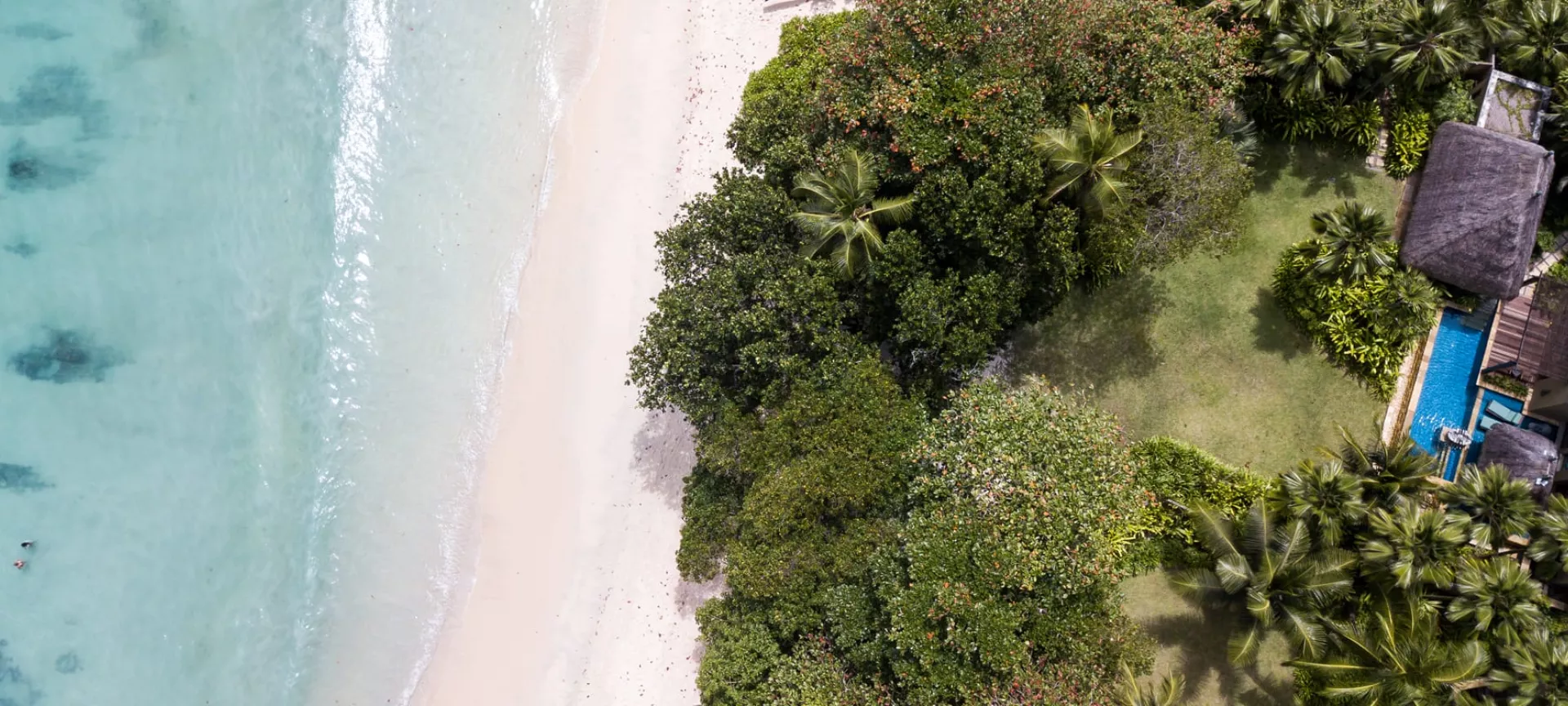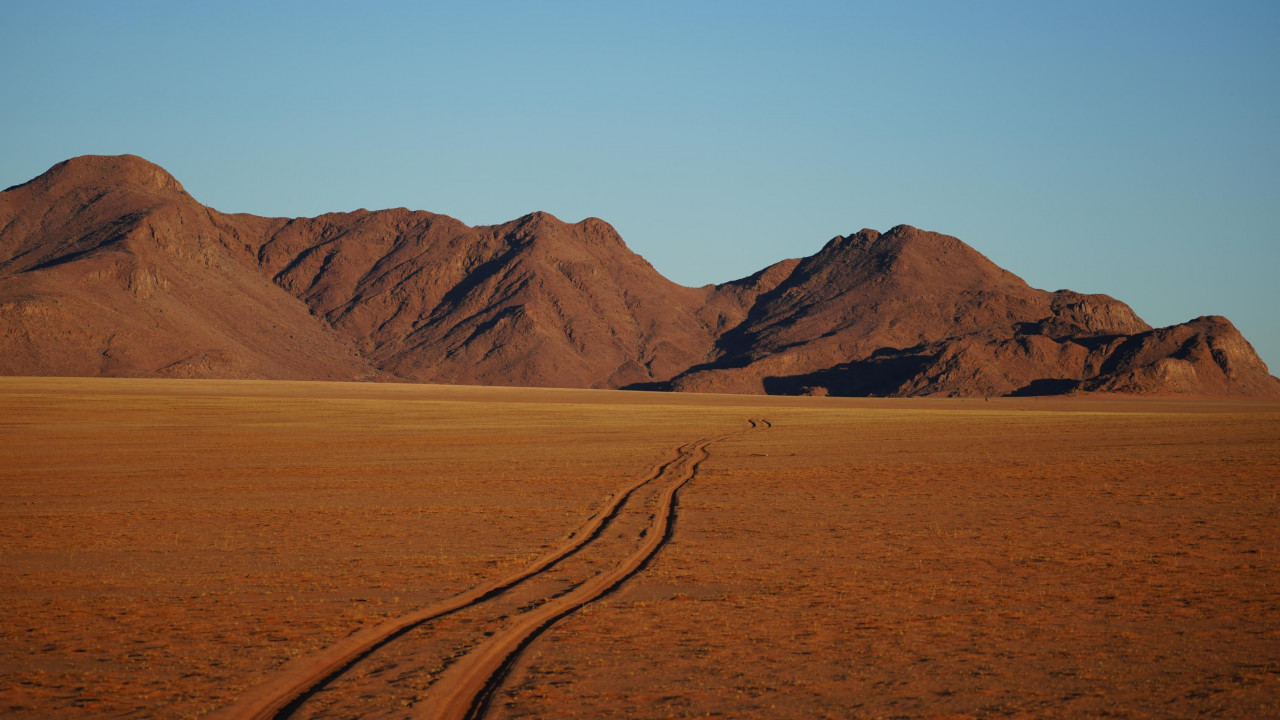
James travelled to Namibia in April 2024 on an educational visit to some of our favourite camps and lodges.
Read his report of his journey below:
A journey through Namibia isn’t a holiday, it is an adventure.
I am extremely lucky to have travelled extensively around the world; it is very rare that I have been left so utterly impressed by a country.
Namibia has, quite comfortably, slipped into my very short and exclusive list of favourite destinations.
It is a phenomenal country and far exceeded my already sky-high expectations. I often naively announce to friends and family that I plan to return to certain countries after I return home from these trips.
This time, however, it is an absolute must.
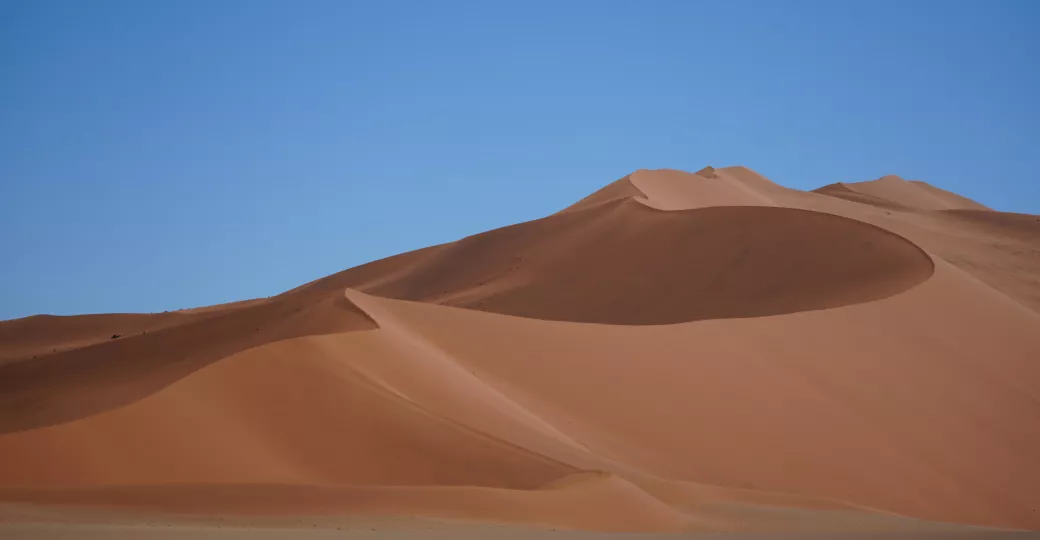
Sossusvlei Dunes - James Handley
Namibia’s strongest suit, by far, is its simply jaw-dropping scenery; a characteristic that it deals in absolute spades.
From the immense towering red dunes of Sossusvlei to the enigmatic and mysterious Skeleton Coast, or the stunning Damaraland filled with picture-perfect kopjes and dry riverbeds.
This country will ‘wow’ you with beauty, time and time again.
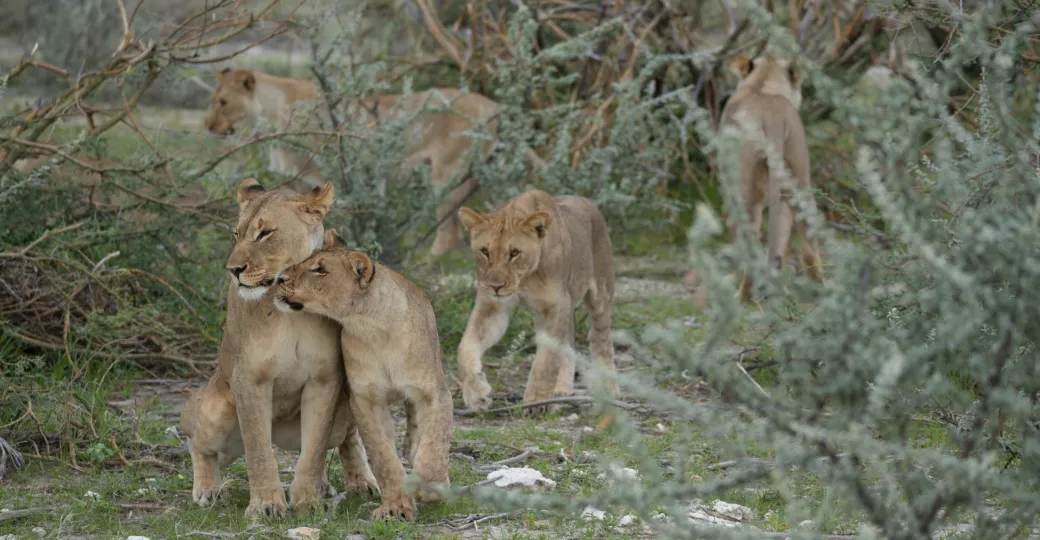
Lions in Etosha - James Handley
Etosha Safari
Our 2-week adventure through Namibia began with five nights exploring the largest and most famous ‘traditional’ safari area in the country – Etosha.
We spent two nights at Onguma, a Game Reserve on the eastern edge of the main National Park, followed by a night at Oberland Lodge situated just south of the park, and then two final nights at Safarihoek in Etosha Heights on the western edge.
We also popped into Ongava Game Reserve and a number of other camps and lodges in the area.
It was an all-encompassing trip (and one that we would obviously never plan for any of our guests!).
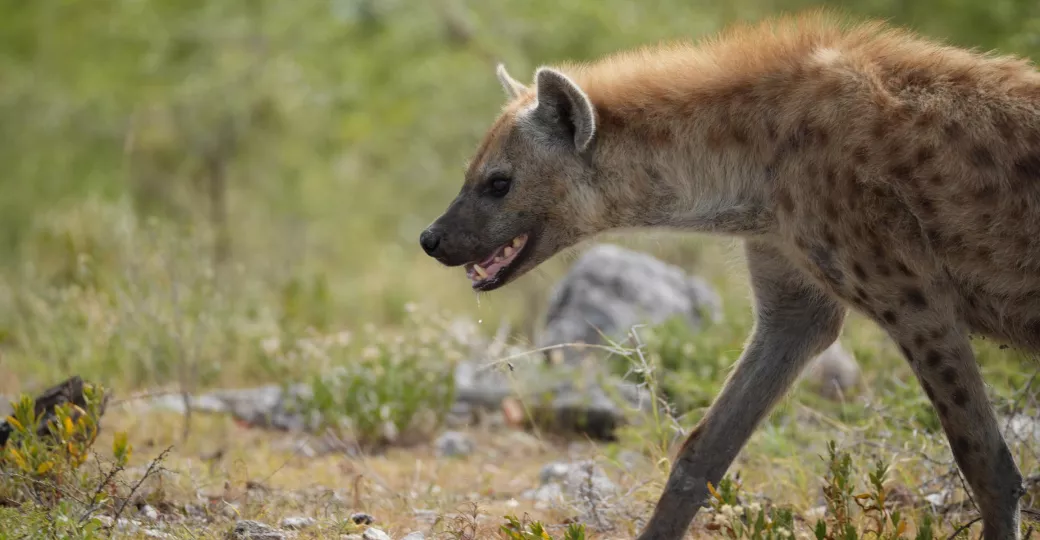
A Prowling Hyena - James Handley
Our Namibia safari experience in and around Etosha was, however, nothing short of brilliant.
Safari here is very good and the wildlife opportunities, although made more difficult by the plentiful water sources during April, were spectacular.
When is our favourite time to visit?
For the best game viewing in Etosha National Park, we recommend visiting during the dry season between late May and November. However, travelling outside of this period (as I did in April) can provide some spectacular sightings.
Seeing a really broad range of different lodges and areas gave us fantastic insight into the types of experiences and lodging that are possible – information all gathered to help plan better itineraries for the lovely families, honeymooners and couples that we are lucky to have as our guests.
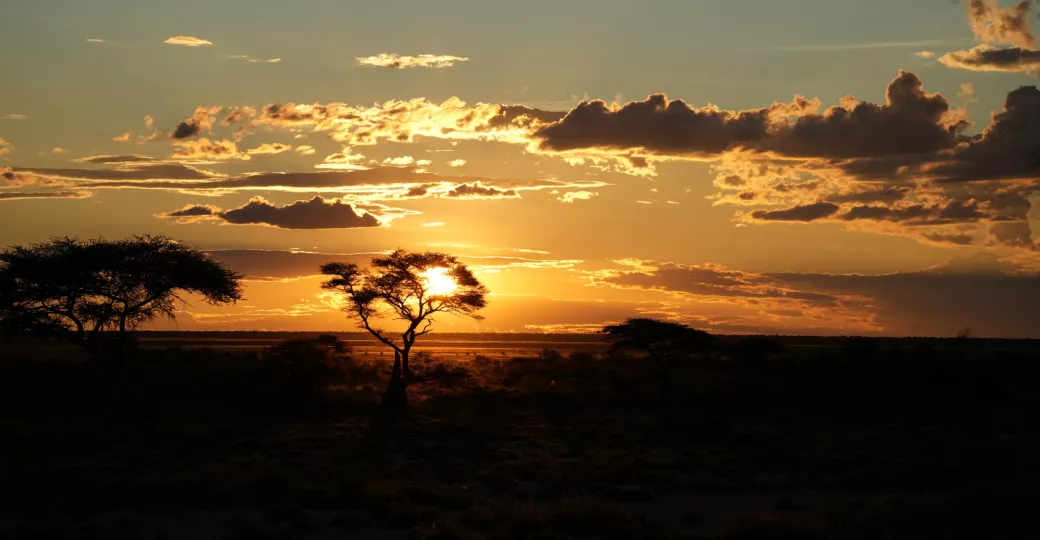
Sunset over Onguma - James Handley
Stand-out experiences in Etosha included seeing a cheetah and cub moving through Onguma, a wonderful elephant sighting with three very relaxed males, and an incredible sighting of a pride of six lions moving through the bush (and some very bold jackals!).
I wish I had time and space to dive into each and every experience, however, I have been given a word limit to this article!
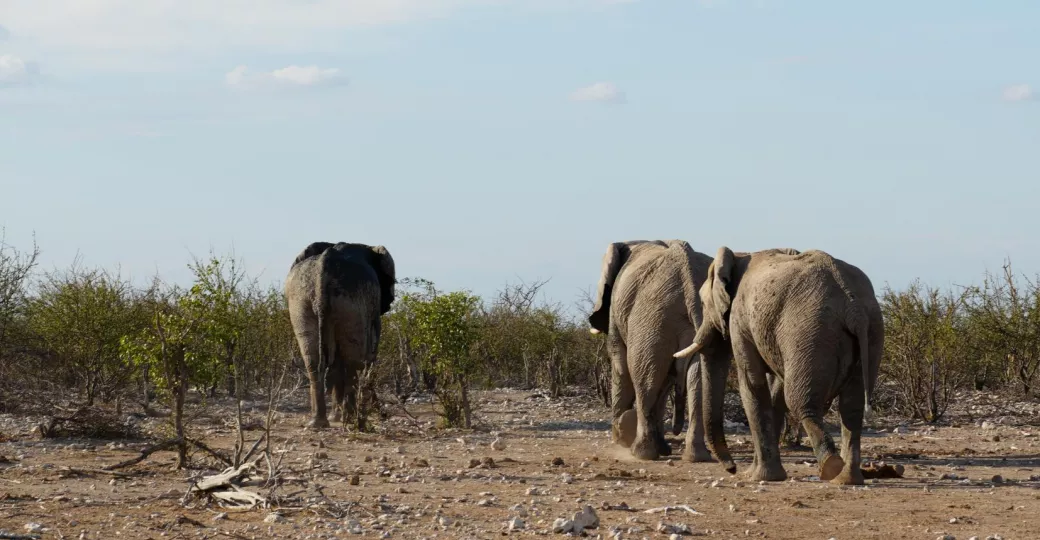
Elephants on the Move - James Handley
Etendeka Hiking Trails
Moving south, our next stop was in an area in which I had very little knowledge or experience – Etendeka.
This absolutely huge private concession sprawled across the Grootberg Mountains in Damaraland is home to just one simply fantastic, and wonderfully simple property – Etendeka Mountain Camp.
Firstly, the scenery… One word: Wow.
Breath-taking plateaus one way, endless rolling hills to the horizon the other. Impossible colours during the day, somehow made even better at sunset.
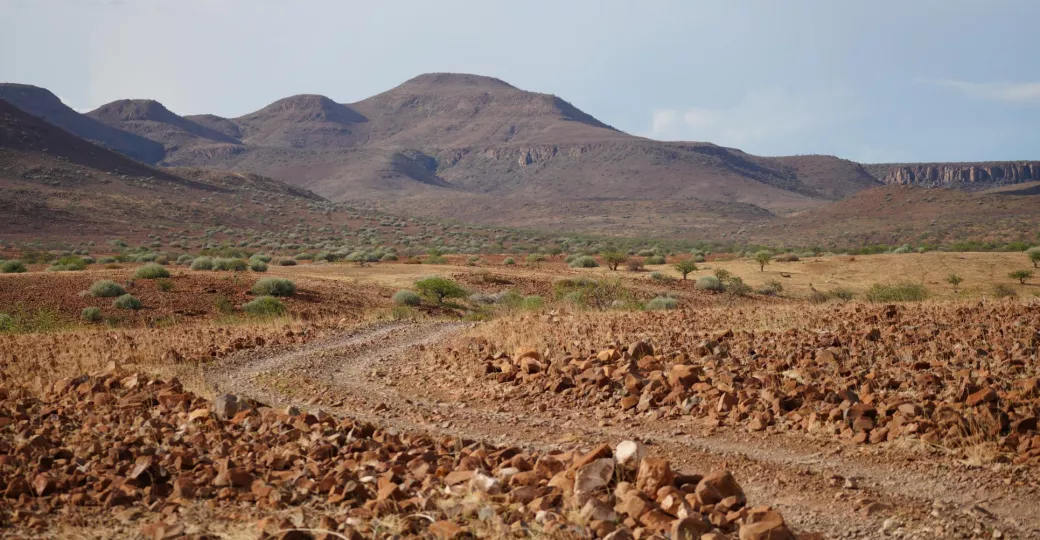
The Road through Etendeka - James Handley
From Etendeka, other than walking (see below), the activities aren’t touted as ‘game drives’ but are rather ‘scenic drives’. You can see why – the scenery is out of this world.
Moreover, wildlife in Etendeka is sporadic at best, and expecting to see anything at all is naïve.
This means that, if you do spot something ‘on drive’, it’s all the more special - you can feel it from the guides too. They relish the opportunity to see wildlife as much as you do as a guest; their enthusiasm is infectious.
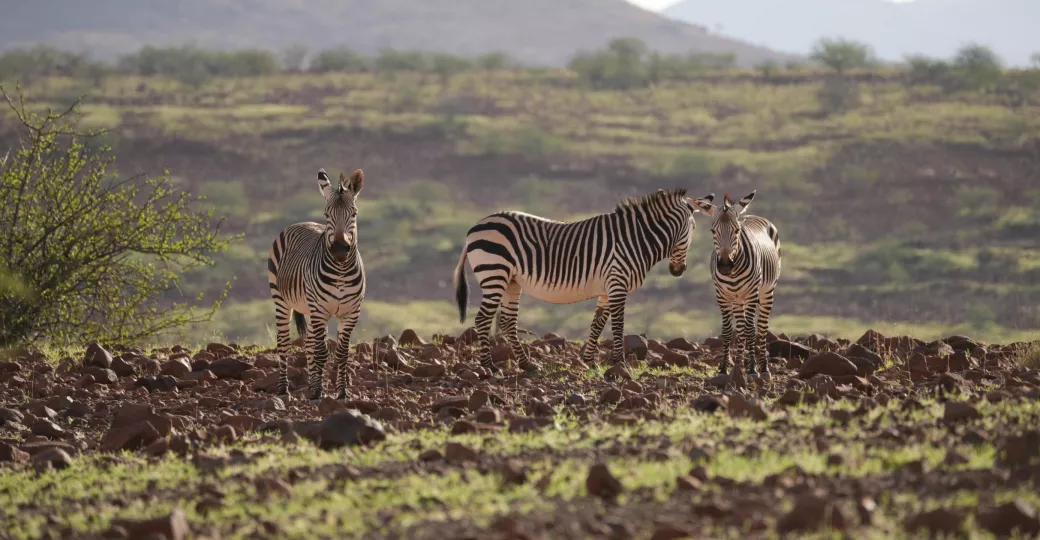
A Dazzle of Zebra in Etendeka - James Handley
Etendeka is at the forefront of a new and very exciting development in Namibia’s tourism scene – multi-day hiking adventures.
Etendeka offers a superb two or three-night itinerary between their main Mountain Camp, and two 'light' camps called Hill Camp and River Camp.
Linking the camps together is a network of 10 – 15km hikes that meander through the hills and valleys, giving you an absolutely brilliant insight into this fascinating ecosystem.
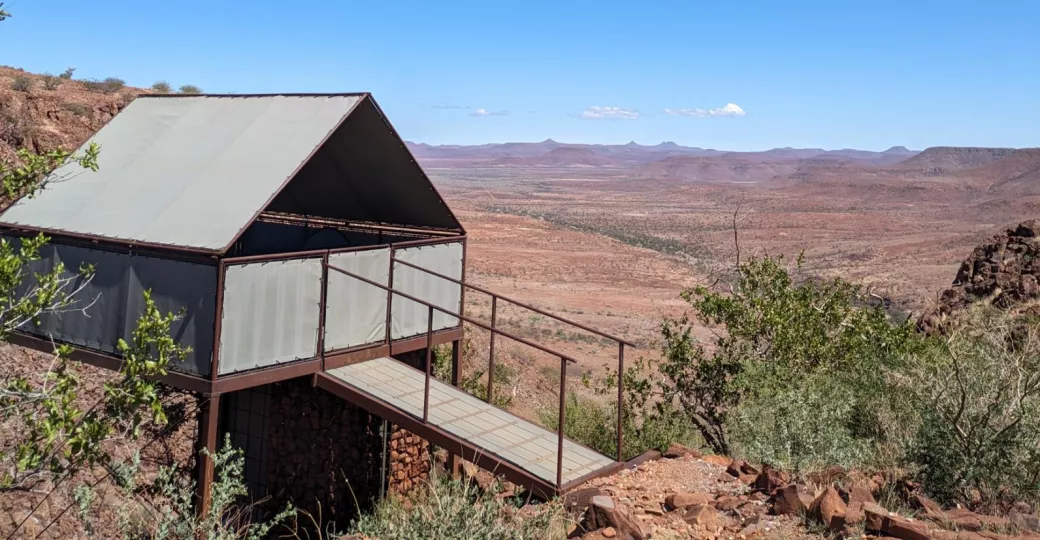
Etendeka Hill Camp - James Handley
Damaraland’s Desert Adapted Elephants
Our next (short) stop on the whistle-stop tour was further south in Damaraland, in and around the Hoab River.
I highly doubt reading the name of the river will jog your memory, however, I’m sure that seeing the scenes certainly would – numerous David Attenborough documentaries have been crafted in this little corner of the world.
After visiting another score of lodges and witnessing one of the most incredible sunsets I’ve ever seen atop an impossibly picturesque kopje, the moment from Damaraland that captured me was our Desert Adapted Elephant experience.
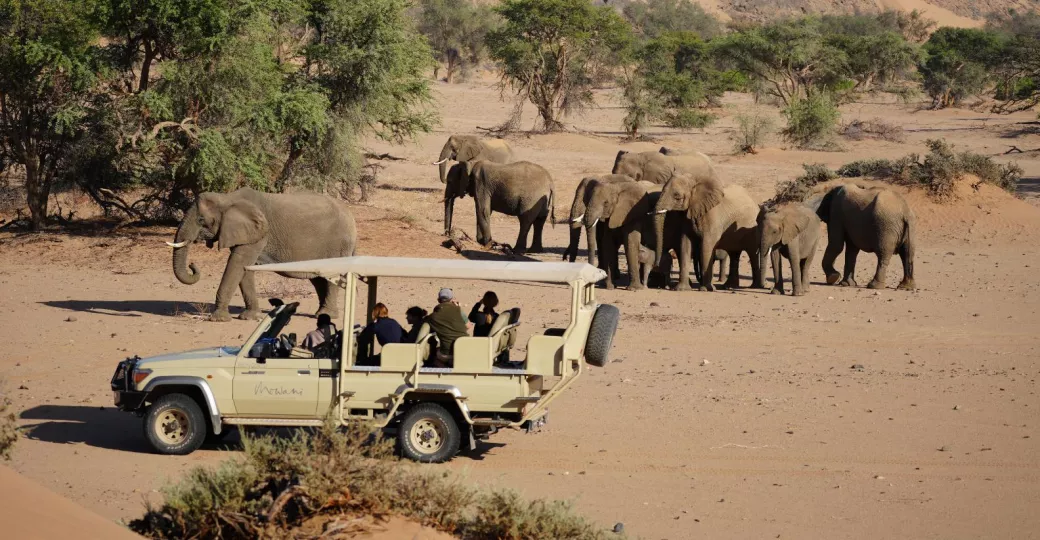
Desert Adapted Elephant - James Handley
Now, needing to leave before the morning activity was planning to return, we initially thought that we would miss out on the experience.
Thankfully, however, early that morning, our guide introduced us to a ‘Plan B’ which involved us following the safari vehicle in our 4x4, jumping in with the guys once we had located the elephants (leaving our 4x4 safely under a tree), and then driving from there onto our next destination - saving us at least 2 hours.
We jumped at his suggestion and scrambled to get ready for the 7am start!
What transpired was one of the absolute highlights of our trip – the elephant experience was superb, and driving 30km down the dry Huab riverbed solo on our way back to the main road was about as pure of a wilderness experience that one could ever hope for.
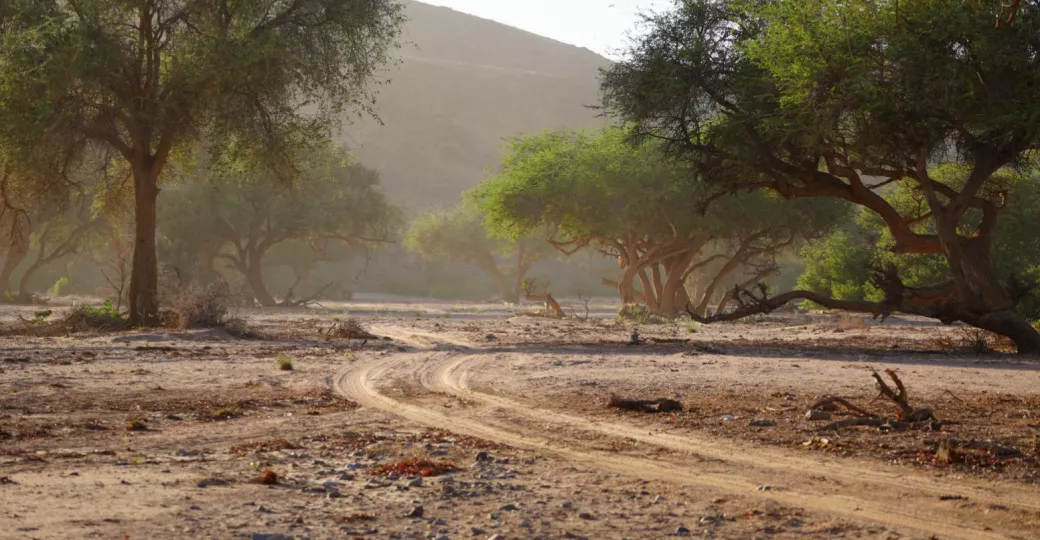
Driving down the Hoab River - James Handley
The Otherworldly Skeleton Coast
At this point in our journey, we were really questioning how it could get any better. We already had a superb safari in Etosha, and three wonderful days in jaw-dropping scenery in Damaraland.
Leaving the desert behind us and driving through more almost unbelievable scenery, we entered the vast stretch of north-western Namibia that is formally known as the Skeleton Coast.
Passing through the tiny ‘settlements’ of Torra Bay and Terrance Bay both of which seem barely possible to exist, it was akin to driving to a different planet.
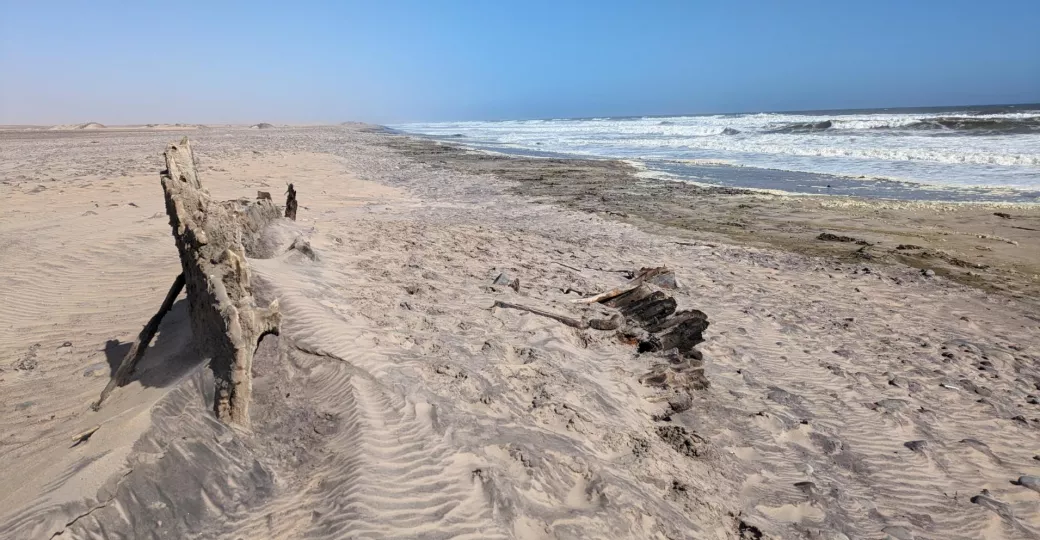
Shipwreck on the Skeleton Coast - James Handley
We moved from a place of 40-degree heat carpeted with rich red and brown hues, into a misty and windswept world in an almost ‘whiteout’ environment!
It was a surreal journey.
Mowe Bay was our final stop, essentially the ‘end of the road’, and what to us felt like the ‘end of the world’.
We were met by a vehicle and transferred the final 85km up the coast, stopping off to visit a huge seal colony and a handful of the wrecks that litter the beach alongside bleached whale bones and tufts of vegetation.
Our home for the next two nights would be Shipwreck Lodge – one of the most remote places I’ve ever visited.
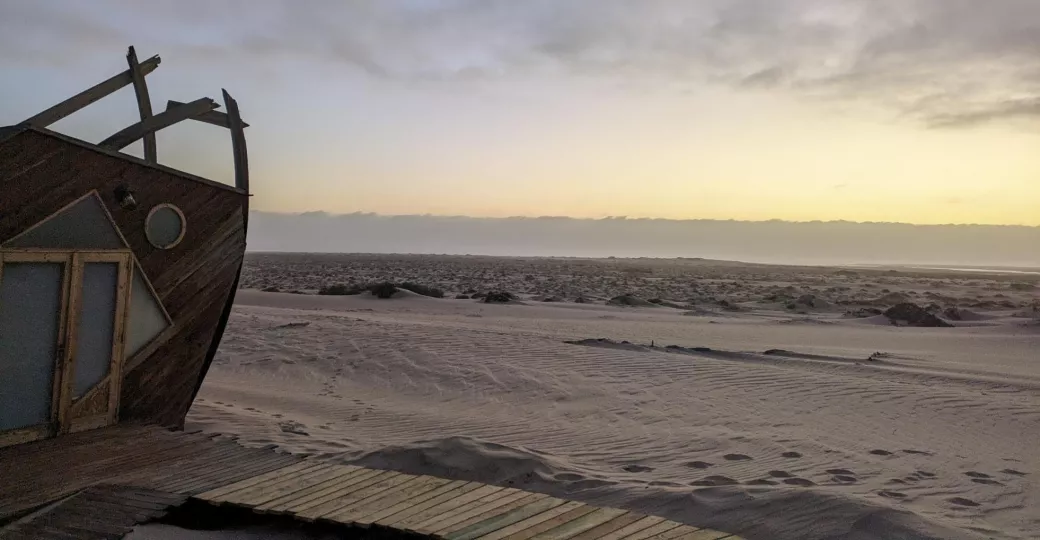
Shipwreck Lodge - James Handley
Designed to look and feel like a shipwreck itself, the lodge is an ode to the fascinating history of this region.
Hundreds of known shipwrecks line Namibia’s coast, and hundreds more lie under the dunes, lost forever to time.
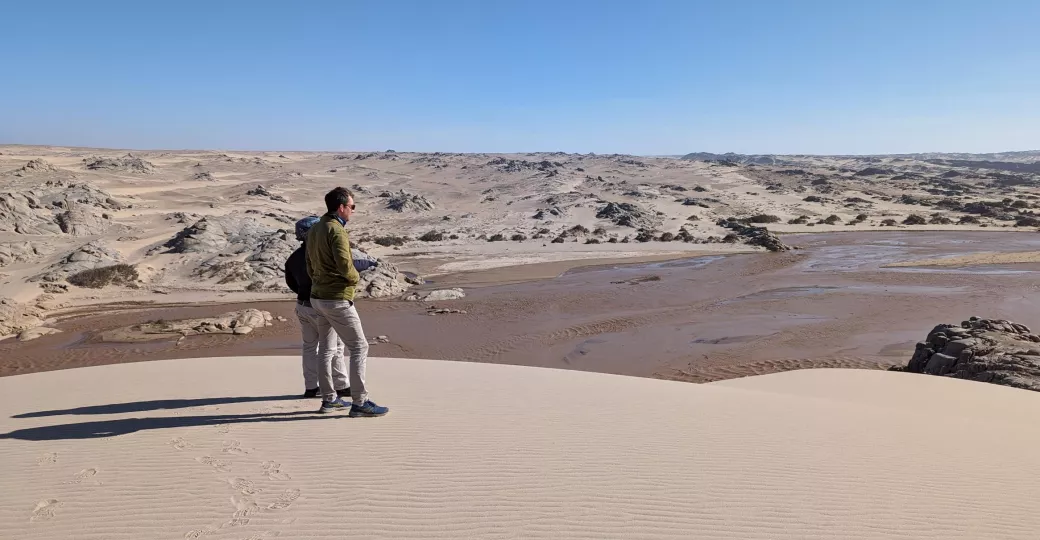
Looking down the Huarusib River - James Handley
Despite only staying two nights and not having the finest weather, we still got a fantastic picture of life on the Skeleton Coast.
A hugely impressive array of wildlife somehow finds a way to survive in this barren region. And to see the ephemeral Hoarusib River flowing was a real treat.
The lodge also provided a surprising highlight of our trip – quad biking through the dunes with our guide Bravo.
It’s so humbling that sometimes it’s the activities you have the least expectation for that leave you with the best memories.
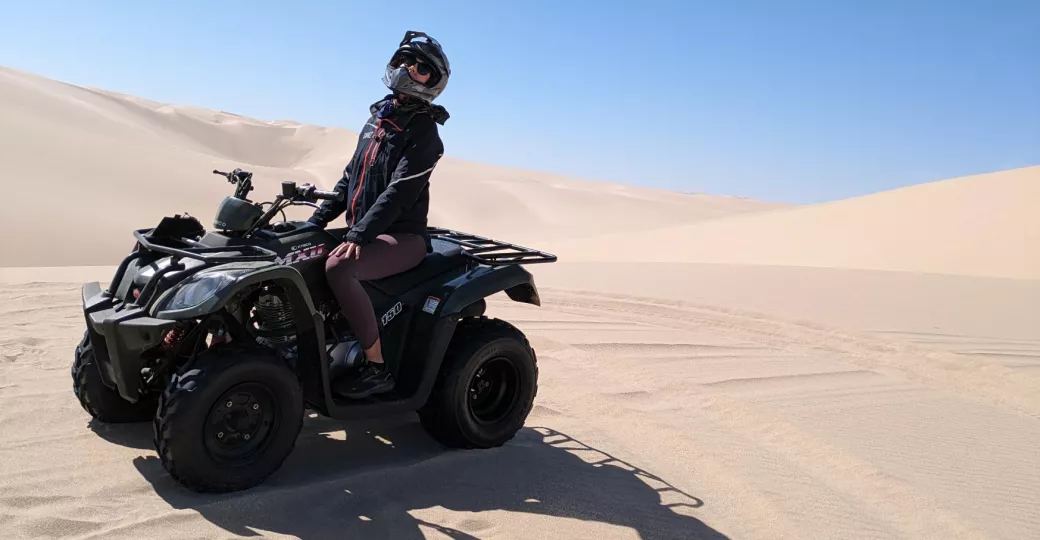
Quad Biking on the Skeleton Coast - James Handley
Pit Stop in Swakopmund
Travelling south from Shipwreck Lodge to Swakopmund provided another fascinating journey.
At over 500km in length, we started with an 85km transfer through the sand, then onto an ungraded gravel road driving ourselves, then, as the road slowly improved as the hundreds of kilometres passed, it felt like a very slow reintroduction to civilisation after 10 nights in the African wilderness.
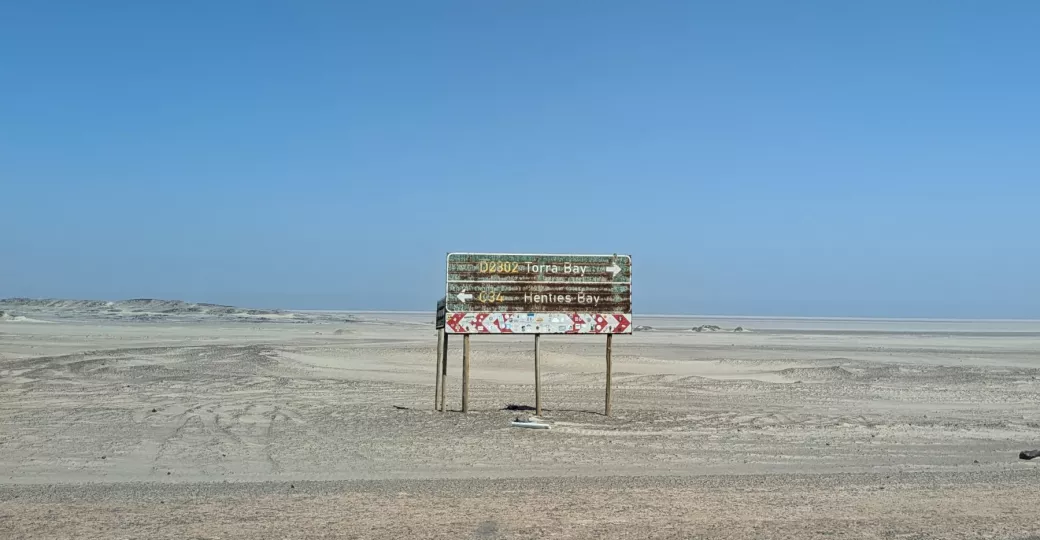
The road back to Swakopmund - James Handley
Swakopmund itself is an interesting town. It's almost like it doesn't belong in Namibia – it felt like a northern European coastal town in October. The town operates in German, with over 300 misty days a year, and temperatures ranging between 13 – 23 degrees. It baffled me that a place like this can exist so close to a desert!
We spent two short nights in Swakopmund, and we were taken out for a tour of Sandwich Harbour with Turnstone Tours.
Rather, the tour should have been called ‘A Day out with Rudy’ – it was fantastic fun, and, Rudy, our guide, was nothing short of exceptional.
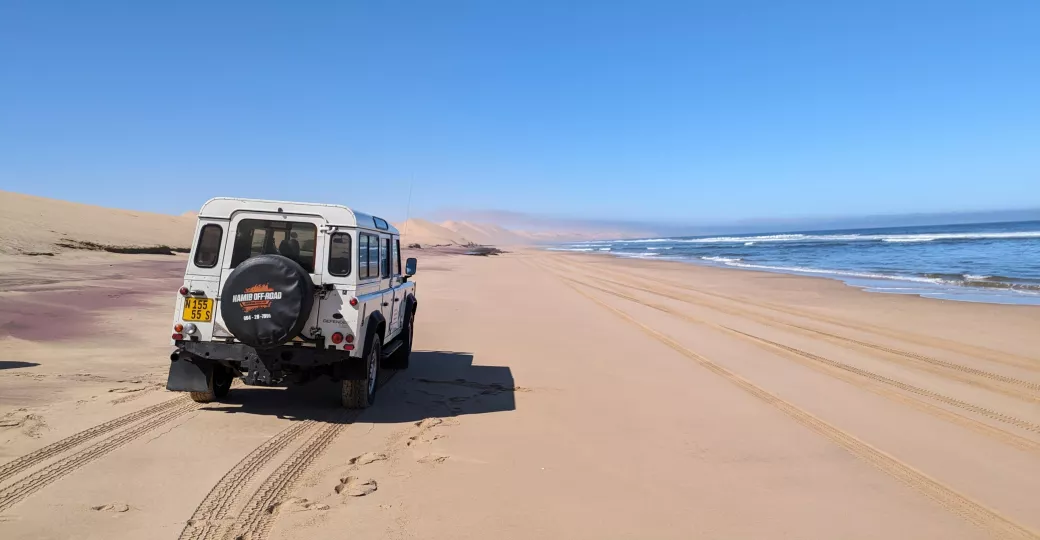
A day exploring Sandwich Harbour - James Handley
With the weather doing its best to keep us chasing the breaks in the fog, Rudy read the group’s interests perfectly and kept us all enthused by focusing on some of the more niche, but no less fascinating anecdotes about the area, rather than focusing on blockbuster Sandwich Harbour itself. It was a brilliant day out.
Sossusvlei, Deadvlei and the NamibRand
Saving the best until last seemed impossible at this point, but our unorthodox anti-clockwise route around had other plans…
Our final destination, after a smattering more site inspections in and around the area, was Kwessi Dunes found in the NamibRand Nature Reserve - an area of unfathomable beauty just south of Sesriem, Sossusvlei and the truly unique Deadvlei – the highlights of any visit to this part of the world.
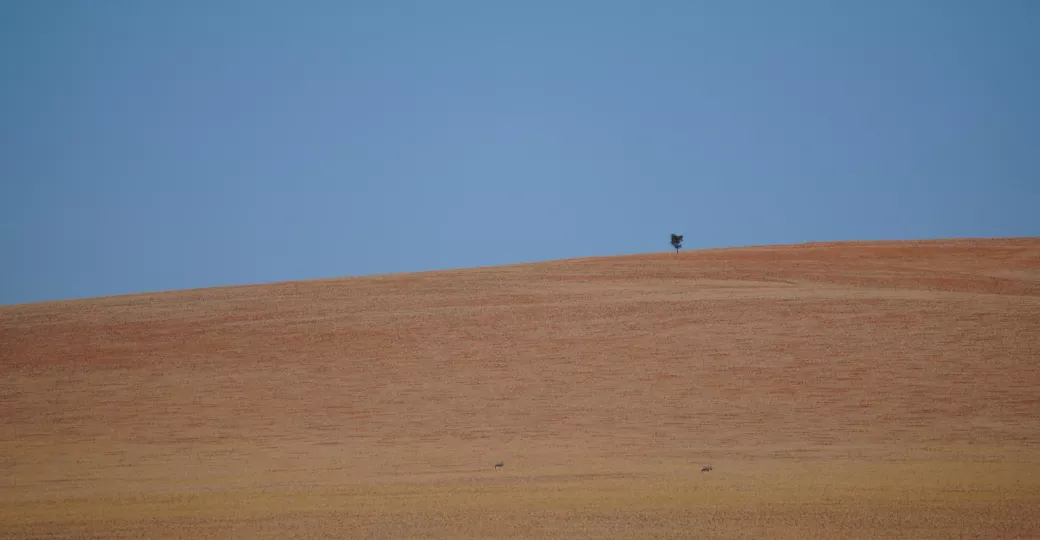
NamibRand Nature Reserve - James Handley
Deadvlei should be an unmissable element of any visit to Namibia. How this area isn’t one of the natural wonders of the world is beyond me.
Did you know?
Deadvlei is essentially a natural phenomenon where a small, wooded area was cut off from the Tsauchab River by the formation of a sand dune in Sossusvlei. Due to its location and the ecosystem that surrounds it, there has been extremely little rain in this now cut-off, dried-up ‘pan’ for centuries, and the trees that once made up the wood have essentially fossilised, leaving a collection of what can only be described as 'tree skeletons'.
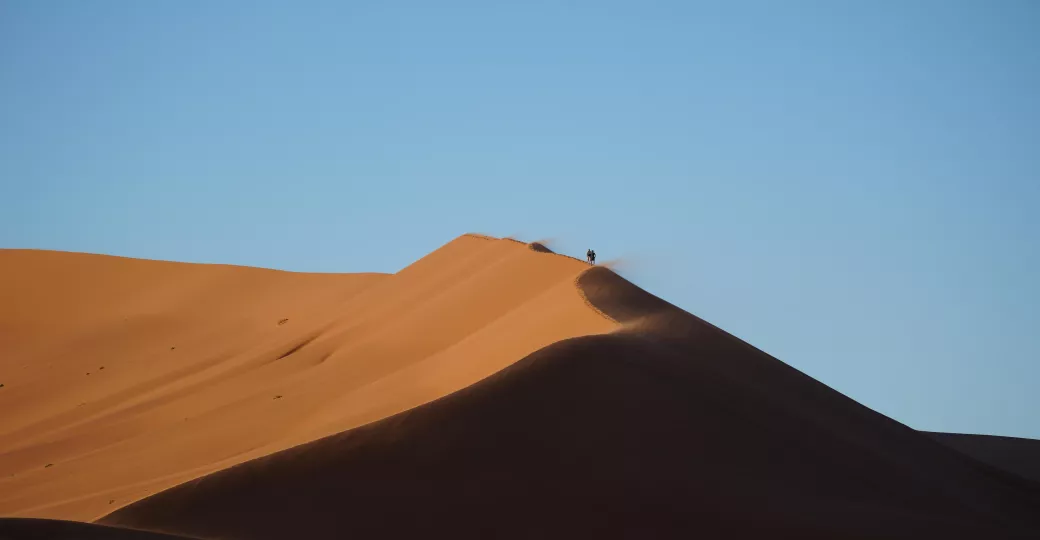
The dunes of Sossusvlei - James Handley
Against the deep, rich red glow of the world’s largest known sand dune in the world (Big Daddy, at 325 metres), Deadvlei is one of the best places in Namibia for photographers and is almost certainly the most unique location I have visited.
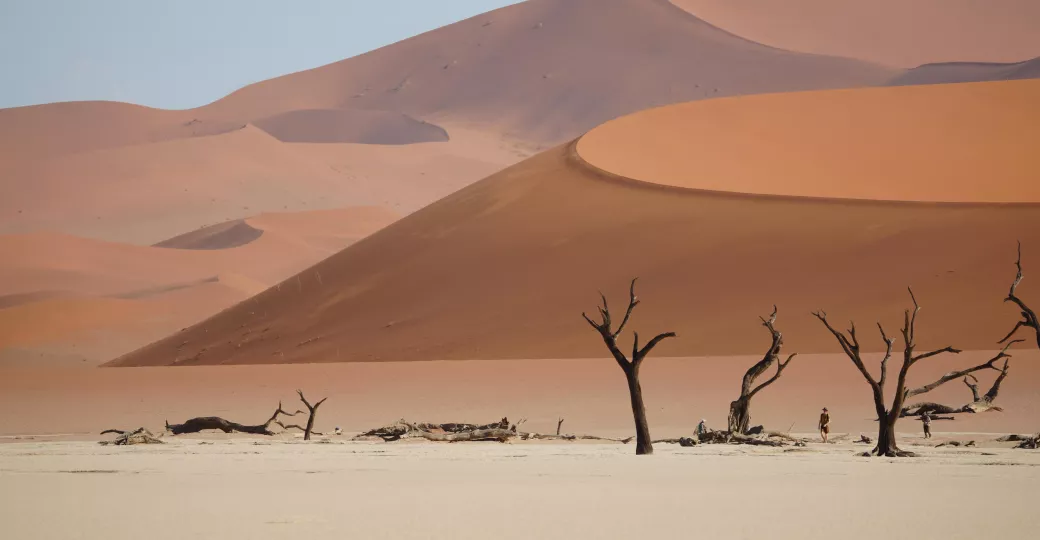
Deadvlei - James Handley
Final thoughts
One aspect of our trip that really stood out, almost more than the scenery itself, was the pride and honour that the local Namibians had about their history.
Every single Namibian whom we had an interaction with was extremely proud of their heritage and culture - always very keen to tell us about their origins, teach us their language, explain their traditions, and make a genuine connection.
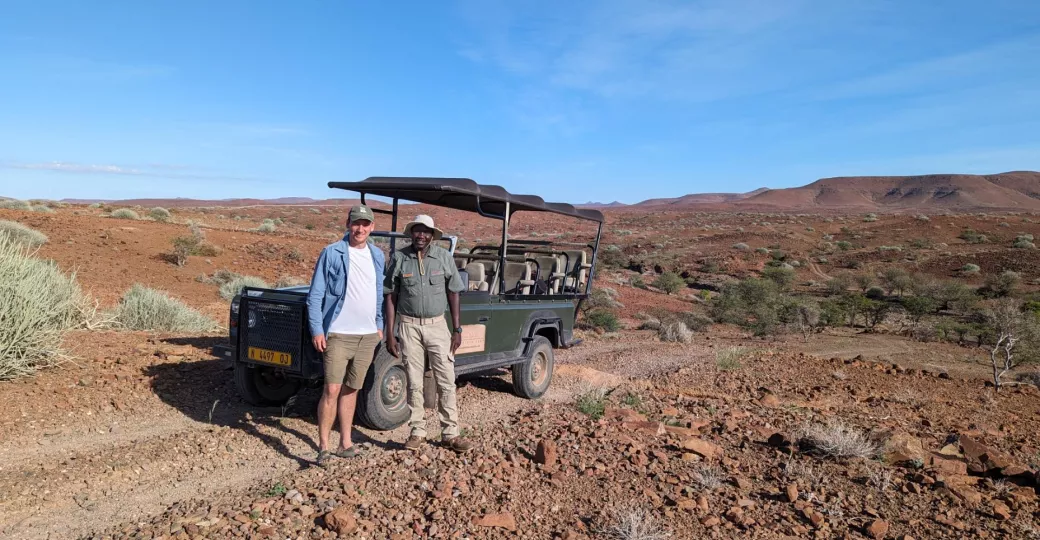
The brilliant Boas from Etendeka - James Handley
After our two weeks exploring Namibia, our time to head on our merry ways finally came around, and it was with a heavy heart that we had to say goodbye.
This huge country, with the second lowest population density in the world (after Mongolia for those who are curious), left a veritable mark on me and has only made me more curious.
We will be back.
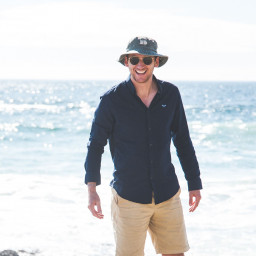
James Handley
Born and bred in the South of England, James is Bonamy’s intrepid traveller. When not honing his skills in London over the last decade, he's spent much of his time on self-planned expeditions and a...
View profileNever miss a notebook entry with our newsletter

